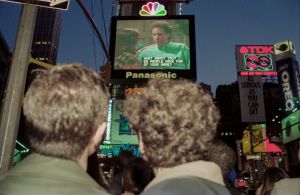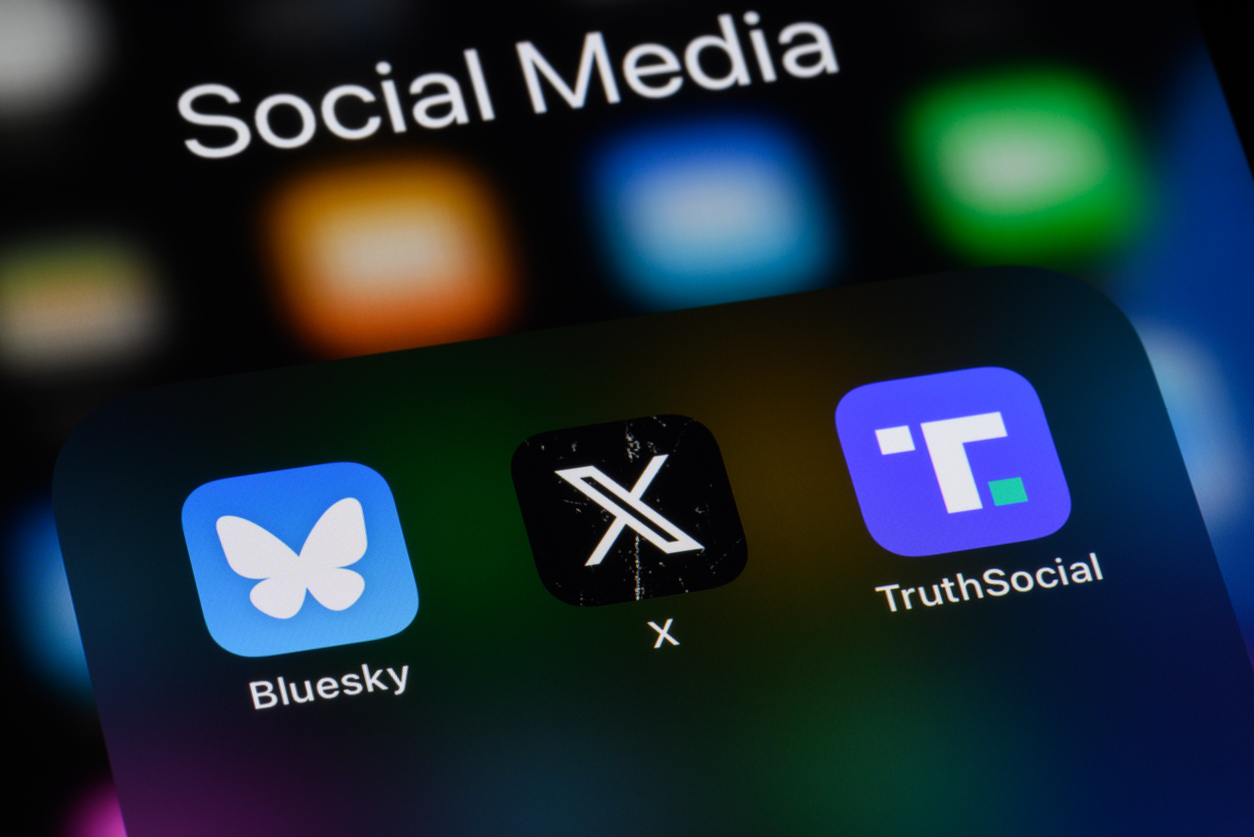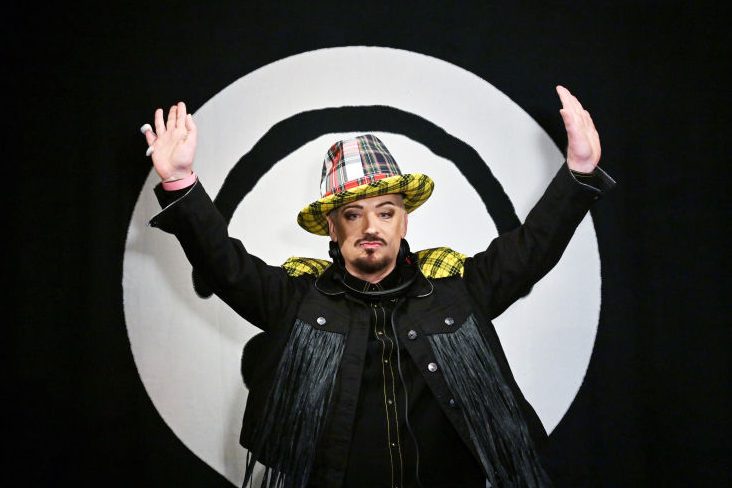“People,” wrote Dwight Macdonald, “feel a need to be related to other people.”
Not a happy sentiment, not intentionally. This was how mass culture — “masscult,” he called it — created diversion out of artless entertainment. His example was John Barrymore, an icon of a great acting dynasty whose alcoholic decline brought out raucous crowds, “because it showed them he was no better than they were.”
Macdonald’s old pessimism came back to me toward the end of Extremely Online, which is more than a history of the internet creator “revolution.” Taylor Lorenz, a Washington Post columnist with a vivid online life, is its John Reed, chronicling the influencers’ victories while cheering them on.
“We want our existence validated,” she writes, “and increasingly, an online presence is a measure of that validation.” Is the content — always that word — that takes up so much of our leisure time any good? Is it meaningful?
Wrong questions. It’s ubiquitous, addictive and the cost of making it is so low that anyone can become famous. A piece of real art, or a moment of public humiliation. A click is a click; one million views are one million views. A full-body cringe counts for as much as a smile.
I’m part of Lorenz’s self-obsessed generation, born early enough to remember life before WiFi, young enough to become white-knuckle addicted to my phone. Disclosure: I also worked with Lorenz at the Washington Post and saw her chase after stories at neck-snapping speeds.
Those stories frequently cover trends and people who became famous or notorious before the “legacy media” noticed — or trends that old media did notice, then glommed onto without much investigation. (Watch the half-hour nightly news in your town sometime and count the segments about a video that’s “trending on TikTok.”)
Lorenz is an optimist. “The rise of social media and the creativity of its users has given more people the chance to benefit directly from their labor than at any other time in history,” she writes. Yet Extremely Online overflows with stories of people who didn’t benefit — burned out, ripped off, successful before their platform figured out how to pay them. That’s fixable: “We have the chance to create a better system that amplifies independent voices and jettisons the flaws of traditional media and legacy institutions.”
Those institutions come out of Extremely Online sturdier than some of the efforts to disrupt them. The forms created in the early internet — Lorenz starts the story in 2000 — have changed platforms but not function.
There are, basically, three of them. One is the humble blog post, anything published on the endless terrain of the internet, prices ranging from cheap to free. That starts with the “wonky and candid” work of Josh Marshall, and ends with Twitter, whose users (not its founders) long ago realized that they’re “microblogging” everything before a global audience.
The other forms are photo and video; easily shared, copied, altered and stolen. Neither was created by the open internet, but their ability to travel without ownership or gatekeeping was. Extremely Online travels a boneyard of old platforms that anyone could upload to, dying because they couldn’t make money off this — often, ironically, because they wouldn’t hand part of that money over to the users.
This is mostly a story about money, which the ad agencies and studios that were dominant before the online era navigated deftly. (Media outlets, less so; Lorenz assigns less blame than I would to Craigslist and Facebook, which sucked out the ad revenue that used to pay for journalism.)
Some creators show up before the money does, like “Tay Zonday,” the bass-voiced PhD student whose silly/sincere racial justice song “Chocolate Rain” became ubiquitous in 2007. He didn’t make money, but he made something jarring, strange and campy, helping the existing entertainment industry learn what trended online. “Almost no one noticed what exactly he was singing about,” writes Lorenz, “but, in increasing numbers, they noticed him.”
The lucky ones show up after 2009, when Carl’s Jr. hands $90,000 to nine YouTubers to create ads for their burgers. In ten years, revenue from the YouTube partner program — cash for popular videos — surges from $400 million to $28.8 billion, half of it kicking back to the uploaders. It’s a win for the little guy, but a bigger win for Alphabet — which, back when it was called Google, paid $1 billion for YouTube. People could make a living off this stuff, once commercials were tacked on, or the content itself became a commercial.
Lorenz argues convincingly that content creators and influencers now occupy the same space as film, TV and fashion celebrities. That was, in a way, revolutionary. But what really changed? The perspicacious flacks and ad agencies that figure out how to market influencers, and connect them to products, are often absorbed by the legacy agencies.
It takes until July 2017 for an influencer, Emma Chamberlain, to change the preferred ad aesthetic — to do something revolutionary. She shopped at Dollar Tree. She showed off a haul that anyone could afford. She cut it together jarringly, with no pauses, keeping the viewer engaged and showing them just how little polish you could get away with while genuinely entertaining people. “She didn’t care if she looked weird or posed the camera at an unflattering angle,” Lorenz writes.
There’s content that takes more work and more craft, but the most memorable stuff Lorenz profiles here is the slop — the content transmitted from brain to browser with the least interference. On Tumblr, users could “gain fame curating other peoples’ content,” succeeding less through invention than through creative repurposing of jokes and funny images. (There’s a helpful chart, documenting the rise of “fuckyeah!” posts there.) In “hype houses,” meme-adept creators live and build fanbases together; a Republican house collected “over one million followers before being banned for spreading election-fraud conspiracies.”
As Lorenz’s story ends, capital has triumphed; DIY creators have broken the old star system by replicating it. The rise of “drama” and “tea” channels makes celebrities out of people who gossip about what other celebrities are up to. No one is too obscure to have an arc, a “hero era” then a “flop era” — if they have a “hero” era at all. The content is viral. Lorenz’s optimism is less contagious.
This article was originally published in The Spectator’s October 2023 World edition.

























